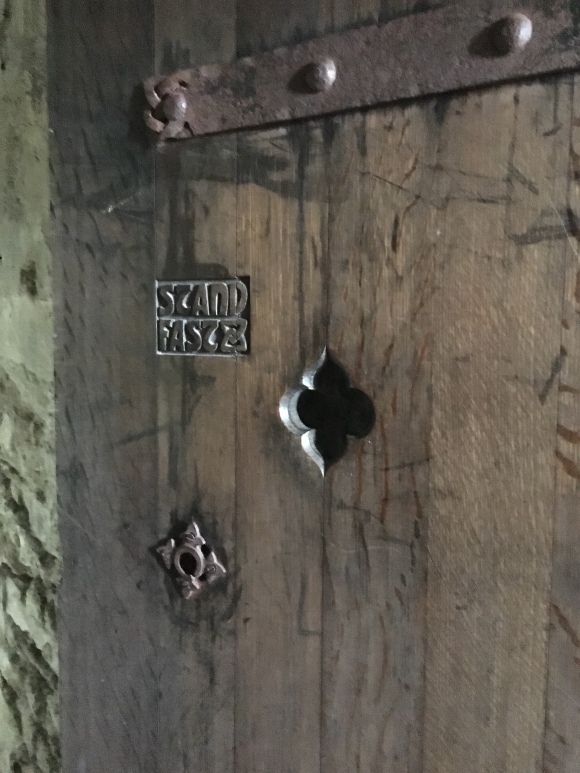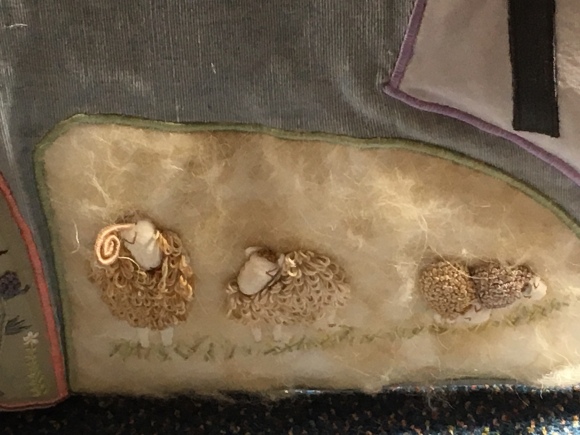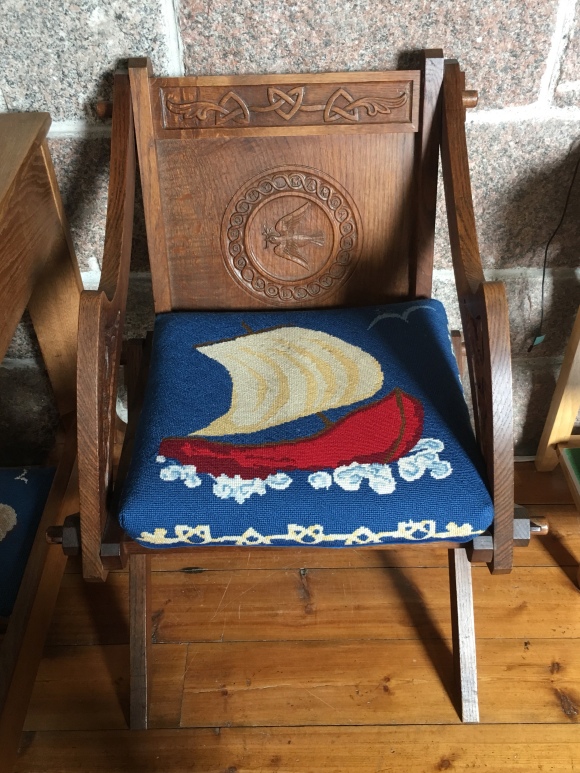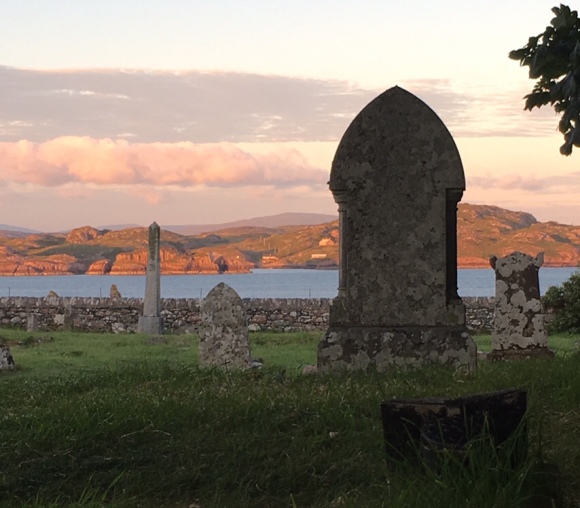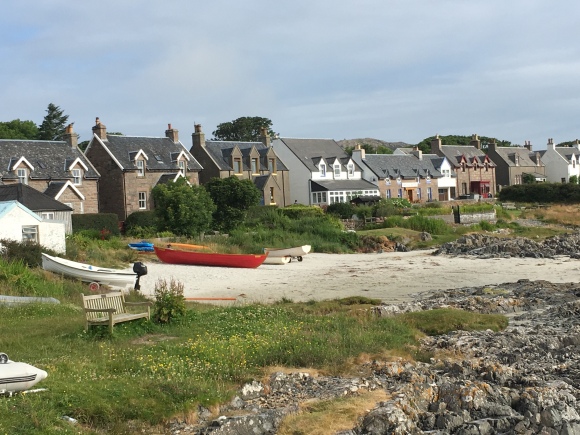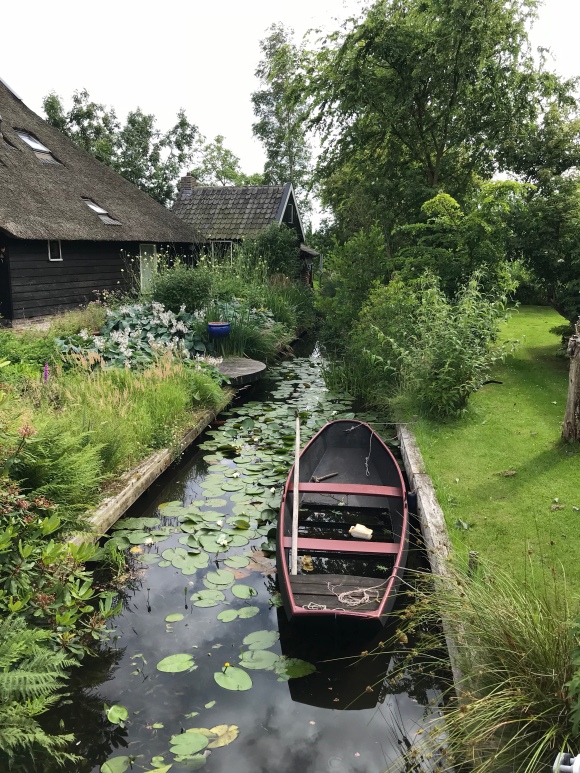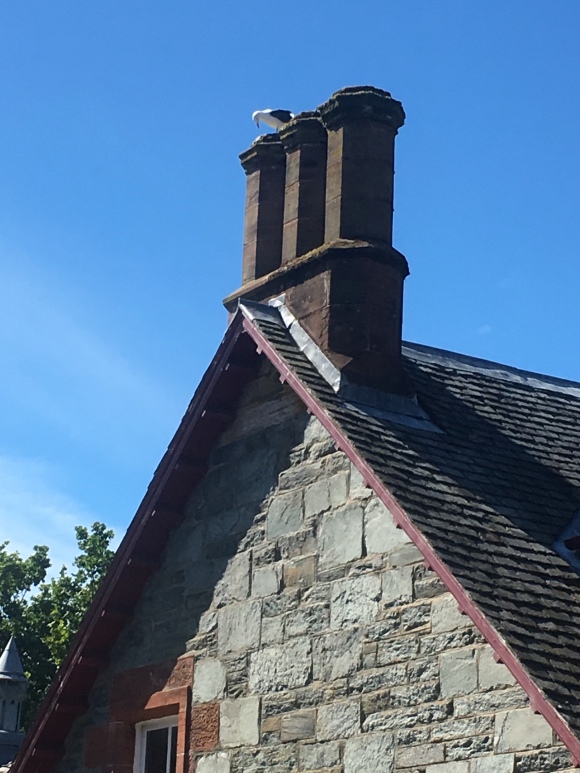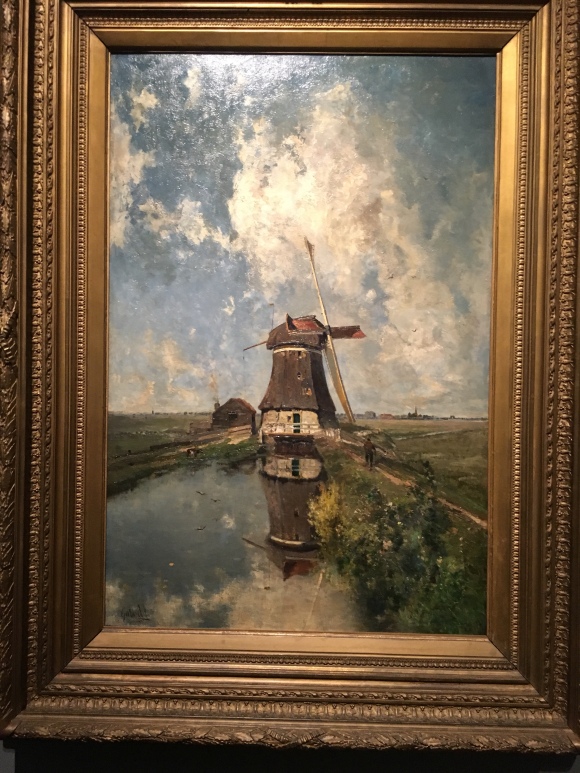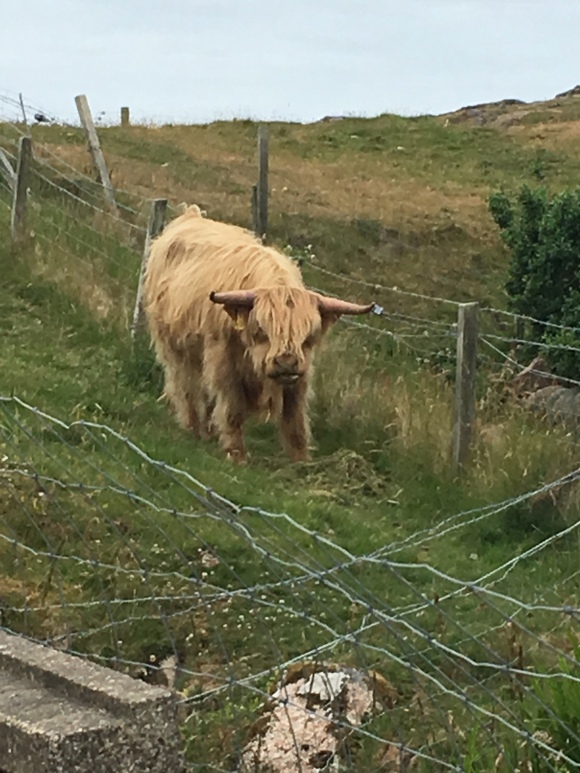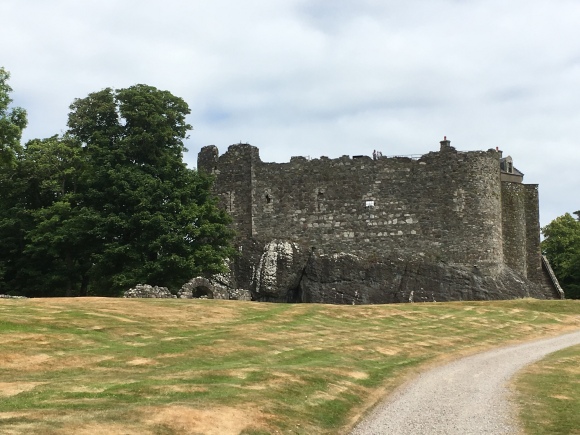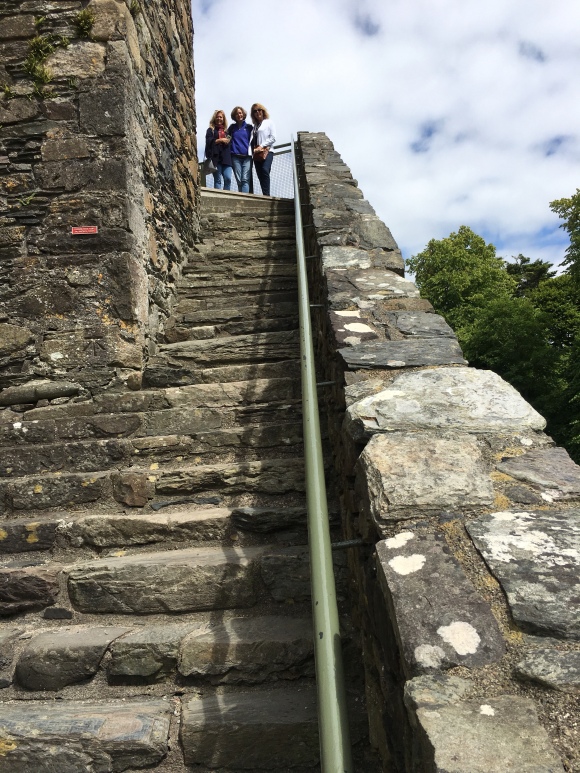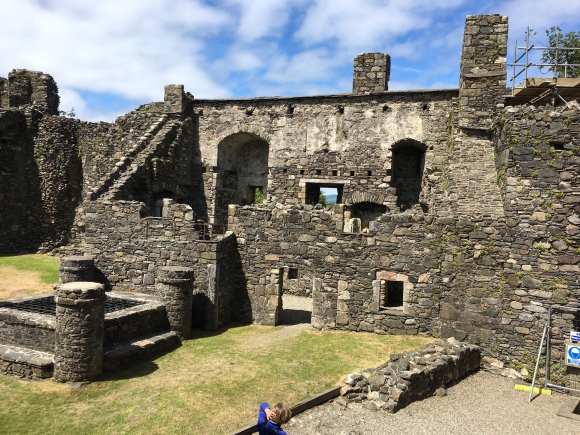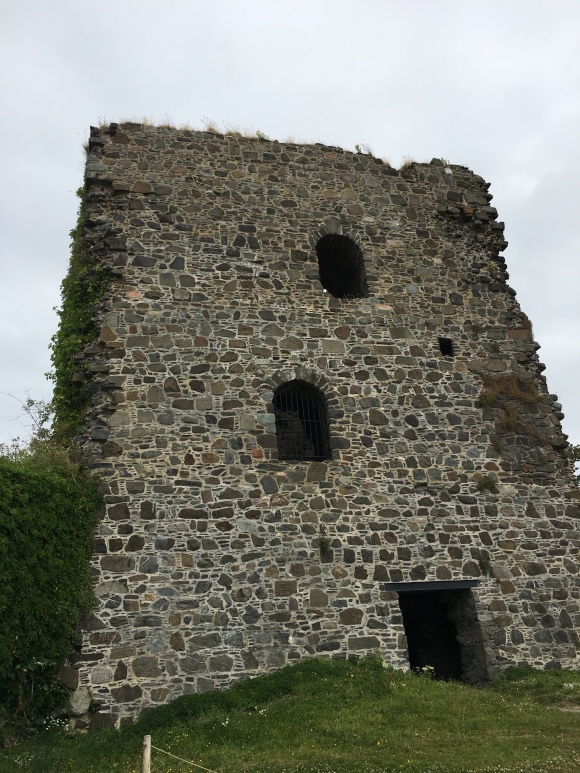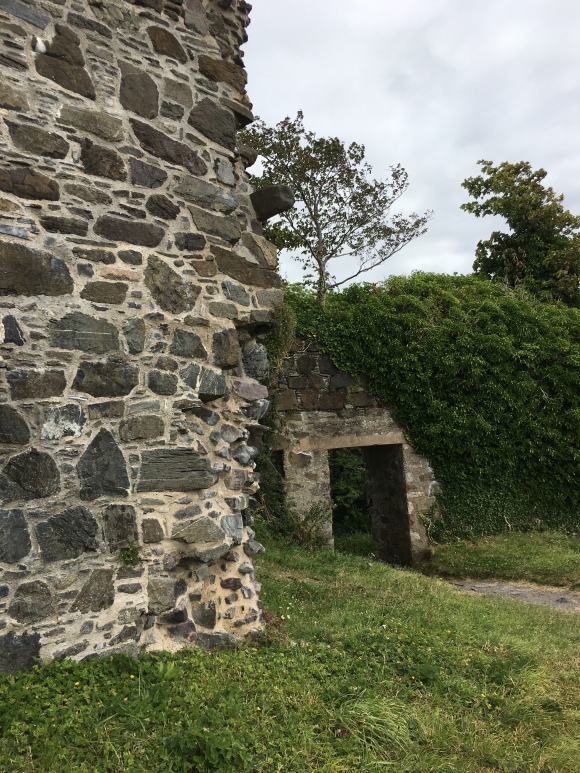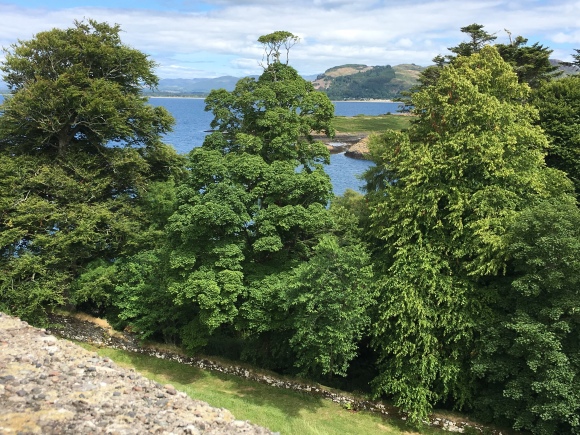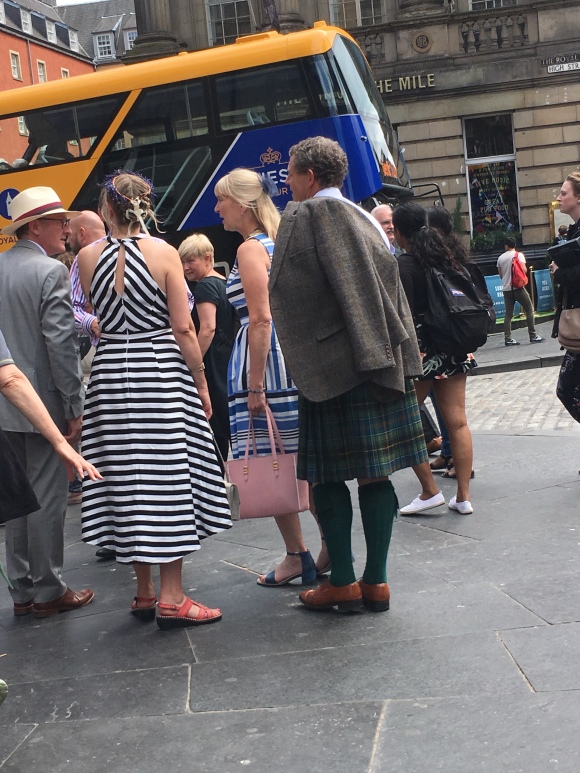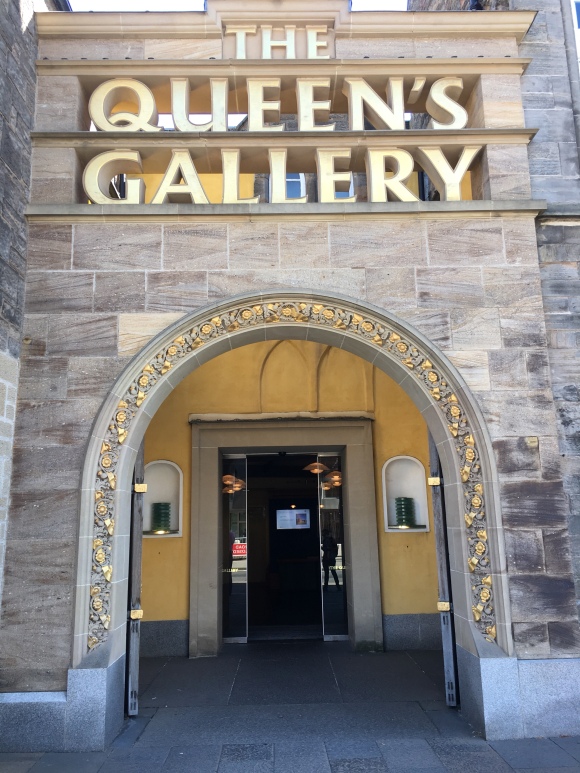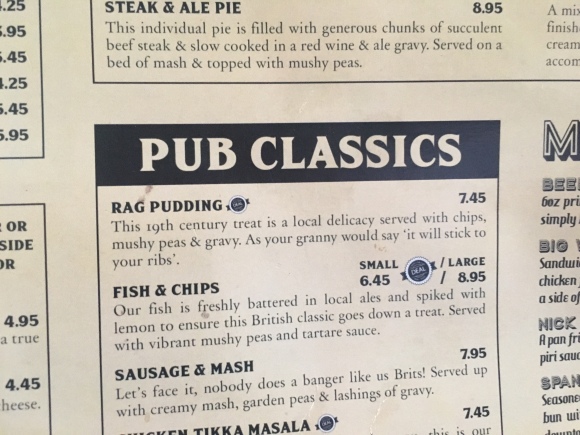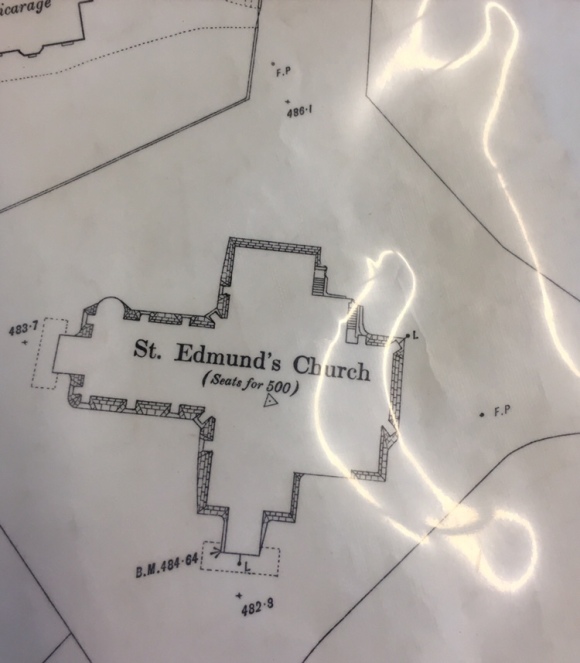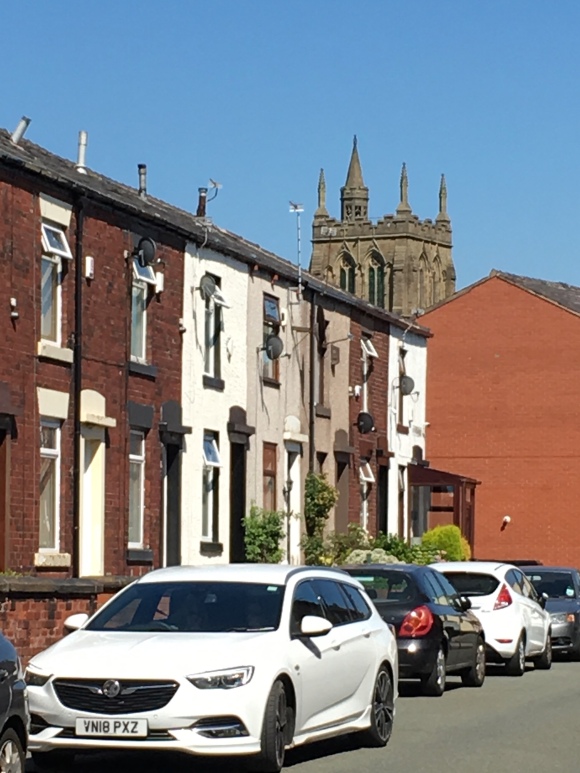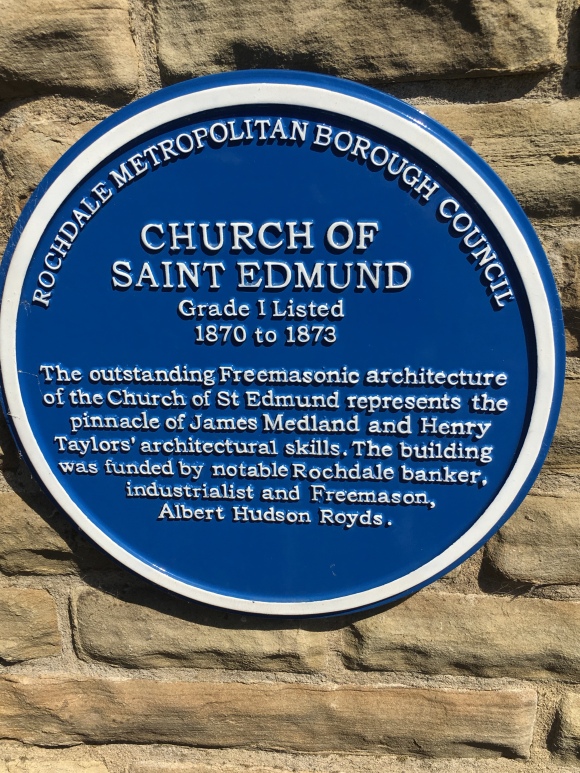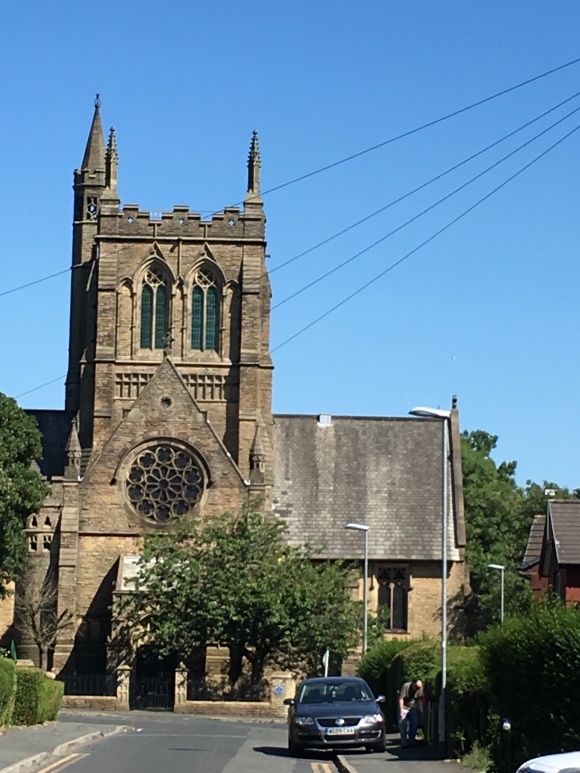 My Chicago search for roots ended at Graceland Cemetery. Even though I seek to know how my ancestors spend their days, I end up in front of a tombstone that weighs upon their earthly remains. “All people are like the flowers of the field,” cries out the prophet Isaiah. “The grass withers and the flowers fall, but the word of our God endures forever.” (40:7,8) The Apostles’ Creed, intoned by believers for over a thousand years, refers to those above ground as “the quick” in contrast to the dead. I don’t know that I picture Edgar or my great grandmother, Stella, as being “quick.” But I am trekking around the country to see evidence of their movement upon their geographical piece of sod. Where did they live, work, play children’s games, fight in a battle, marry, sit contentedly on the beach with their grandchildren? To touch back to some of these places is powerful. My search inevitably leads to their final resting place. And so it did with Edgar and Stella whose weary bodies were interred on the north side of Chicago where many of the greats of the Windy City retired: Graceland Cemetery.
My Chicago search for roots ended at Graceland Cemetery. Even though I seek to know how my ancestors spend their days, I end up in front of a tombstone that weighs upon their earthly remains. “All people are like the flowers of the field,” cries out the prophet Isaiah. “The grass withers and the flowers fall, but the word of our God endures forever.” (40:7,8) The Apostles’ Creed, intoned by believers for over a thousand years, refers to those above ground as “the quick” in contrast to the dead. I don’t know that I picture Edgar or my great grandmother, Stella, as being “quick.” But I am trekking around the country to see evidence of their movement upon their geographical piece of sod. Where did they live, work, play children’s games, fight in a battle, marry, sit contentedly on the beach with their grandchildren? To touch back to some of these places is powerful. My search inevitably leads to their final resting place. And so it did with Edgar and Stella whose weary bodies were interred on the north side of Chicago where many of the greats of the Windy City retired: Graceland Cemetery.
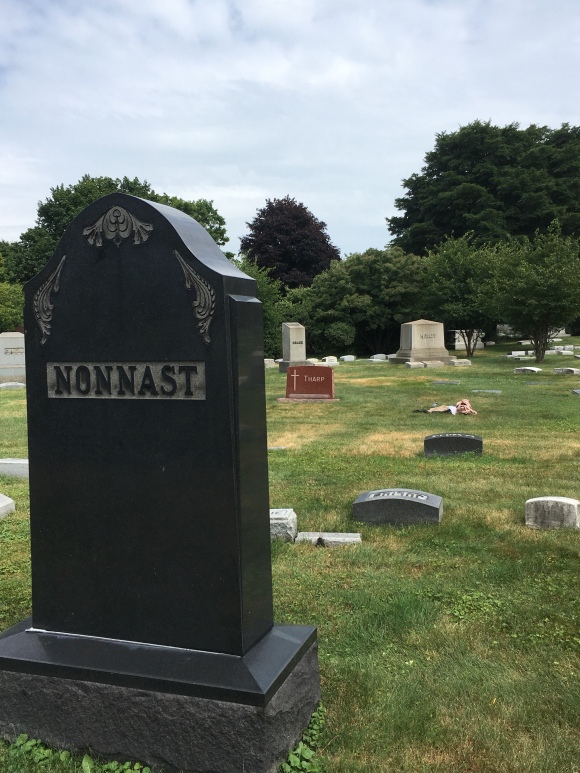

We left our Hyde Park/Kenwood meandering, which covered a neighborhood with a diameter of about two miles, to head north on lovely Lakeshore Drive. We had a couple more addresses to search out before entering the cemetery. They were lodging places for two of Edgar’s sons, Laurence and Edgar, Jr. Google maps showed a classic brownstone apartment building for Laurence’s dwelling at 4503 N. Clifton Avenue. In the Uptown area, we pulled into an illegal spot just beyond the street sign for Clifton. It headed north only into an alleyway. Even though it was full daylight the narrow corridor that gave access to back entrances to buildings, looked like a place I ought not to walk. I started down it, cell phone in hand to capture a shot of an entryway that might have welcomed my grandfather’s brother decades before. But I turned back. People sat—no, they slouched—in doorways and one guy passed by me with an inquisitive look which was enough to end my search. My guess was that Laurence had lived in a tenement building as a young man when this dark pathway was not intimidating. Rooting around for ancestral sightings would have to be from afar for Laurence. I took a picture of this desolate part of Chicago and joined my sister back at the car.

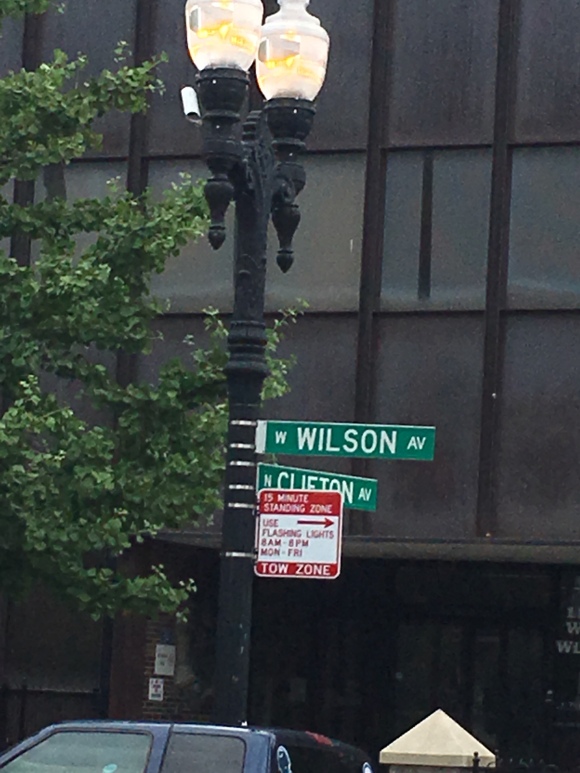
The next address was 4545 Greenview, just five minutes away from Clifton. This was where Edgar’s namesake lived for a portion of his life. We turned onto the street and parked a few spots down from a lovely home with a For Sale sign in front of it. I don’t know what Edgar, Jr. did for a living and I now wonder about his children (my mom’s cousins) and their children. Has someone else recently come on a trek to this home to snap photos and linger over memories? Edgar did well in life. I’m struck that he and his brother lived near each other although I don’t know if they did at the same time. I also notice that their lives, their “quickness”, played out less than a mile from the plot that would welcome their parents for an earthly eternity. In fact, Laurence would also be laid to rest in the same plot preceeding his father in death by just over a year. I wonder if his young death contributed significantly to his father giving up the ghost such a short time later?
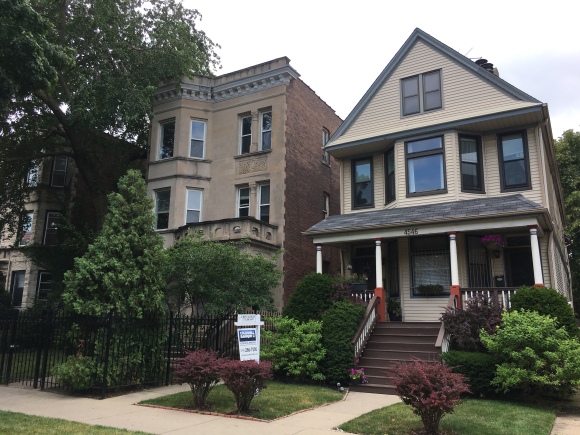

We left Edgar Jr.’s former home to head south on Clark Street, a diagonal route that leads directly to Graceland Cemetery. Fortunately, the office was open, even on a Saturday afternoon, and they were able to pull up information about the Tharp family. This seems like nothing short of a miracle—that records of my great grandparents can be pulled from a file cabinet, giving directions to the plot and details about the grave marker! I wonder who last asked about Edgar and Stella? When would someone visit them next? I’m humbled to realize how fleeting is our time of earthly influence. I love the fifth verse in the hymn, “O God, our Help in Ages Past”: “Time, like an ever-rolling stream, bears all of us away. We fly forgotten as a dream dies at the opening day.” After all these years of peaceful sleep, a tribe of descendants arrived to pay our respects and give thanks for their legacy.

We found the stone easily because the rose quartz stands out from the surrounding grave markers. Tombstones tell stories, many times stories of heartbreak. The Tharp stone is no exception. Edgar lived to be 78, a goodly age for a man who died in 1930. We know he died in his beloved farmhouse on the Fennville lakeshore and his body was brought back to Illinois where there was a memorial service for him at a church on Cottage Grove (a southside Chicago street). His wife, my great grandmother, Stella, lived to be 100 so she continued as a widow for 36 years before joining him in Graceland. By the time she died she had only three of her seven children remaining: my grandfather, John, his brother Russell and his sister, Stella. Three of the siblings were buried with their parents and their names are on the Tharp stone.

Ruth is the first name. She died at the age of four. My grandfather would say that she died from eating yellow snow. We think there may be more to it than that! He was nine at the time and that sounds like the simple answer you give to a grieving child. Edgar wrote about the loss of his daughter and stated that “she was perfect in every way”. Hearts were broken in 1902 as a family said goodbye to a tow-headed little girl who had a beloved place in the family. My grandfather, an emotional man in his older years, teared up talking about his baby sister even when he was in his nineties.

Laurence, or “Babe” as they called him, was the next to die at the age of 35. He served in World War I, escaping probable death because he was sent back to the United States before his regiment headed into battle. His father, Edgar, wrote him before he arrived home but after hearing of the battle: “Sunday PM My Dear Son Laurence…Mrs. Woolf, who goes to Lakeside, had a letter from the Major of your Reg. telling her all about the death of Capt. Sackett, and said that Co. F had a very heavy death toll and that 68 out of the Company were in the hospital, so you surely escaped some very hard fighting. Surely we have much to be thankful for.” In the same letter Edgar shared with Babe a poem he had written as a tribute to his soldier son. He had been asked by some “Ladies” to make some remarks at a Red Cross Entertainment Hall at Ganges (near Fennville) that evening. He described how he went out into the barn and sat on a box in the bowling alley area of the barn “and the following words came into my mind and in the evening after reading a tribute to ‘Old Glory’ by Gen. Joff, I gave them my tribute to my boy and was cheered to the echo.” As we stood by the rose gravestone, reflecting on the gifts of our great grandfather, I read his poem:
My boy has gone to the Colors. And I hardly know what to say,
The boy we loved so dearly, Stepped out for the flag one day.
The boy not being a slacker, Stepped fourth with patriot joy
To add his name to the roster. Oh God, we er proud of that boy.
He stopped to watch the recruiting and charmed by the fife and drum,
He lovingly looked on Old Glory, And thought that it said to him, “Come.”
We thought him a child, Called him baby, With no worry or care at all
But his country called him man size and he answered his country call.
The boy has gone to the Colors, yet it seems but a little while,
Since he drilled a schoolboy Army in ready martial style.
But now he’s a man a soldier and we lend him listening ear,
For his heart is true and loyal, Unscourged by the curse of fear.
His Dad, when he told him, shuddered. His Mother, God bless her, she cried.
Yet filled with a mothers devotion, She wept in silent pride.
But he whose old shoulders shuddered Was stern, for his memory ran,
To the years away back in the Sixties When the flag had made him a man
And of fields of battle all gorey Where men for liberties cause,
Fought nieth the flag, Old Glory.
My boy you don’t know how glad I will be when you come home to stay.
Much love, Papa
Laurence made it home from the war physically intact but the trauma of the battlefield took its toll. Shell-shocked, he wasn’t able to find his stride back home. He married and his wife became pregnant. But before she gave birth to their daughter Stella Jean, named after his mom, Laurence died unexpectedly at the age of 35. His name engraved on the base is a sad reminder of the great losses Edgar and Stella faced in raising their family of seven. The young soldier over whom they worried didn’t journey too far into adulthood. Edgar breathed his last 16 months later and this time his son was able to welcome him home—for good!

The final name on the base of the stone is that of their youngest, Stella. She was a lovely young woman with a promising future. When she was about twenty mental illness set in and her family responded to this crisis. This was in the 1920’s when folks were shut away in institutions out of necessity and, sometimes, familial embarrassment. It is a testament to the Tharps that Stella was encouraged and equipped to lead as normal a life as possible long before there were meds targeted for specific mental ailments. I knew Aunt Stella as I was growing up. She lived contentedly in the farmhouse in the summer, picking the wild blackberries for her breakfast and making her way down to the beach she had so enjoyed as a girl. We picked her up on Sunday mornings for church and she would have her teeth in for the occasion! She had worked during her life but lived on very little. There are poignant letters from her mother to Stella up until her mother’s death at age 100. My great grandmother would send a few dollars to Stella to help her out financially. She expressed concern over any of her daughter’s issues which were clearly conveyed through written correspondence. She encouraged Stella to calm herself by reading the Psalms or to wear galoshes to prevent catching a cold. 
Aunt Stella canned fruits in the summer, something she must have done a thousand times since her childhood. She would offer these precious jars to us and we were a bit apprehensive because the house she kept was so unkempt. But these were the gifts she offered freely because of the love that had surrounded her. I suspect her parents would have been surprised to know she would live to be 81 years old, given her challenges. But then again, maybe their “normal” treatment of her mental illness indicates their expectation that she could live a long and happy life. Which, for the most part, she did!
So I met Edgar in Chicago, first in Kenwood where several generations of his clan lived for a long while. I could see the pride he had for his own family in his elegant Lake Park home which stands strong still today. Though all of Edgar’s children and even his grandchildren have changed ranks from “the quick” to the dead, I have met them in the places they lived, the letters they wrote and the memories I hold. Flowers may wither and fade but, for the time they are in full bloom, they are beautiful to behold!


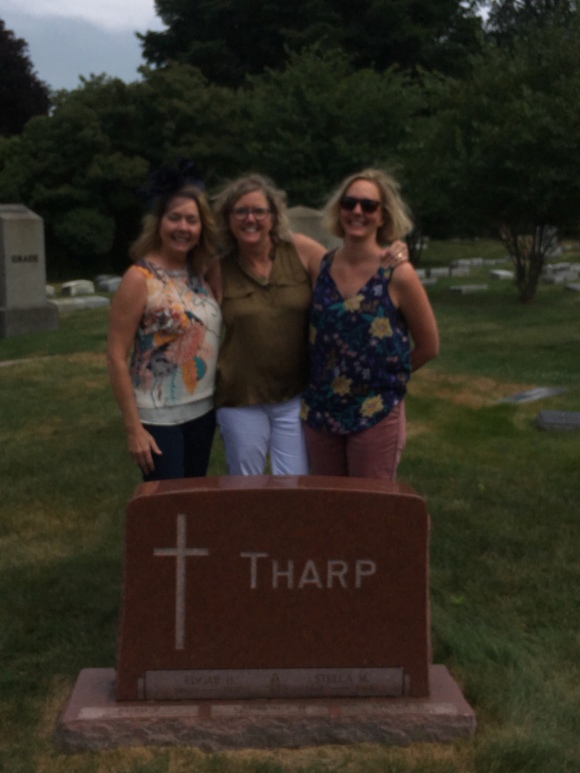



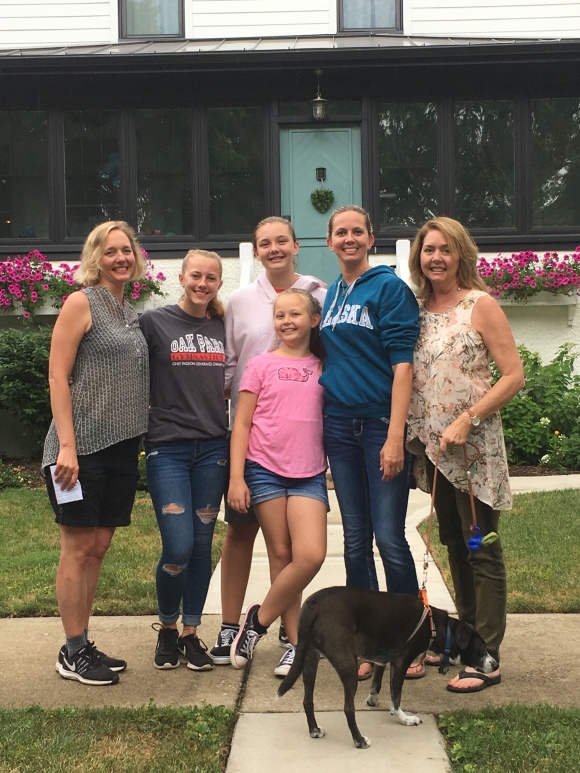

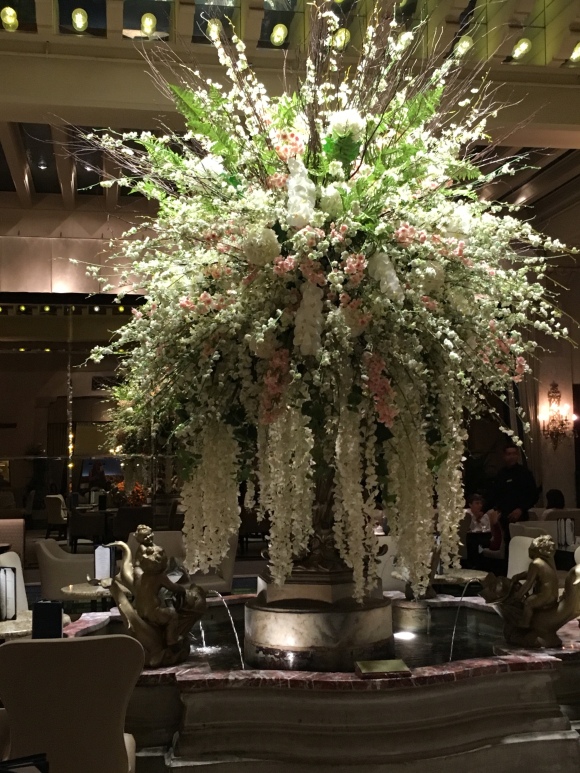


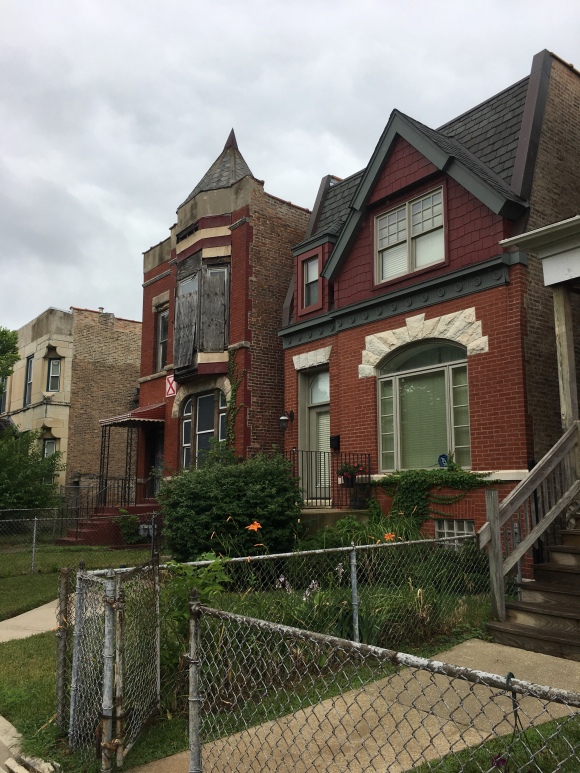
 We decided to start with Edgar and Stella, our great grandparents’, home at 4343 South Lake Park. We had a sepia-tone photograph with brittle scotch tape holding it together where it had apparently been folded in four. With this in hand we headed north. As we approached the address we found a parking spot and pulled over. The six of us walked a couple of blocks, passing beautiful old homes in varied states of (dis)repair. Fortunately the Tharp homestead is in good shape. It has some changes to the original features of the house but is still very much the same. In the photograph from 1904 a little girl (we assume my grandfather’s sister, Stella, named after her mother) is on the front steps. My great grandmother, “Nana”, is a shadowy figure on the porch. My grandfather told us that his mother delivered all seven children in the upstairs bedroom marked by the window on the left. The doctor lived on the same street, convenient given the unpredictable timing of childbirth! To stand in front of the house where my grandfather spent his childhood was deeply meaningful for us. Three generations of us posed in front of it, again waiting for agitated homeowners to come flying out the door. We were armed with our 1904 photo to assuage them if they did. Two of us—Cheri and I—had recollections of our great grandmother from our early childhood. We could touch back to this home through the memory of her and especially of my grandfather who never lost his love for 4343 Lake Park. Reluctantly we climbed back into the car and plugged in another destination.
We decided to start with Edgar and Stella, our great grandparents’, home at 4343 South Lake Park. We had a sepia-tone photograph with brittle scotch tape holding it together where it had apparently been folded in four. With this in hand we headed north. As we approached the address we found a parking spot and pulled over. The six of us walked a couple of blocks, passing beautiful old homes in varied states of (dis)repair. Fortunately the Tharp homestead is in good shape. It has some changes to the original features of the house but is still very much the same. In the photograph from 1904 a little girl (we assume my grandfather’s sister, Stella, named after her mother) is on the front steps. My great grandmother, “Nana”, is a shadowy figure on the porch. My grandfather told us that his mother delivered all seven children in the upstairs bedroom marked by the window on the left. The doctor lived on the same street, convenient given the unpredictable timing of childbirth! To stand in front of the house where my grandfather spent his childhood was deeply meaningful for us. Three generations of us posed in front of it, again waiting for agitated homeowners to come flying out the door. We were armed with our 1904 photo to assuage them if they did. Two of us—Cheri and I—had recollections of our great grandmother from our early childhood. We could touch back to this home through the memory of her and especially of my grandfather who never lost his love for 4343 Lake Park. Reluctantly we climbed back into the car and plugged in another destination.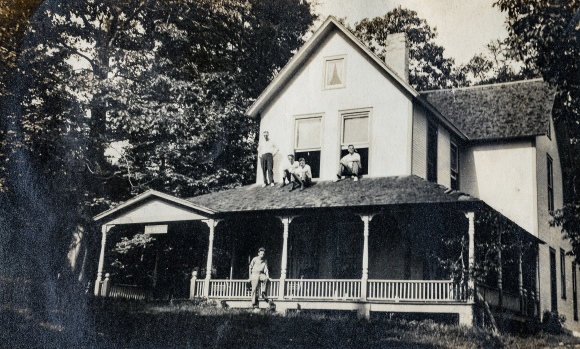
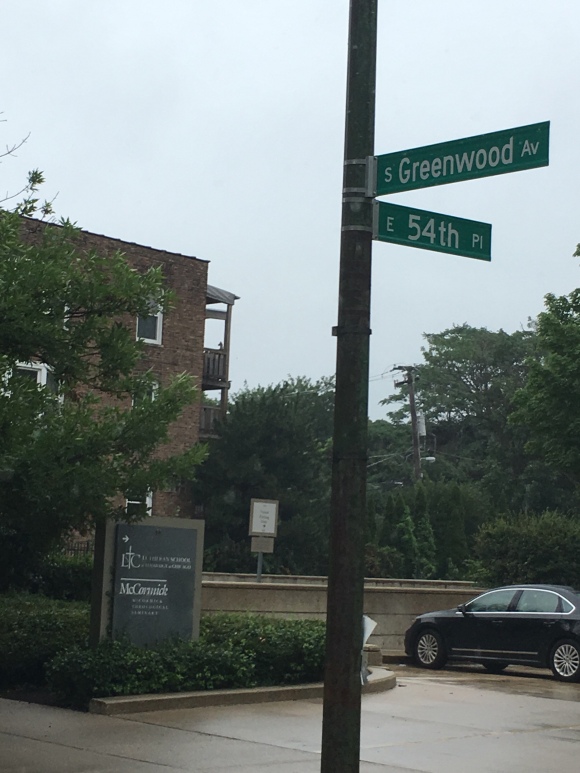
 I was struck as we drove around the streets of Hyde Park on a rainy day that the very place where I was trained to serve as a pastor was home to my ancestors. The faith they nurtured in homes and churches were alongside the chapel where I nervously offered my first sermons (God have mercy!) in a Homiletics Course (sounds boring already) and where Garrett and I got married. My sister took pictures of me standing in the courtyard of what used to be Chicago Theological Seminary before the University of Chicago gave them a relocation offer they couldn’t refuse. In 1985 our classmates, who were poor grad students like us, catered our rehearsal dinner in the seminary cloisters. The chapel, which is the upper part of the building behind me, is now a classroom for the Freidman Institute for Economics of the University of Chicago. Time moves forward and spaces where God’s presence was invoked become settings for sweating an exam on macroeconomics! But, I digress. The Greenwood Avenue address that was so close to CTS was that of Edgar’s oldest daughter, Marguerite, and her husband, George. They lived one and a half miles from her parents. At some point they moved to California and raised their children far from her birth family. I suspect she never felt the same about her home out west as she did in the Kenwood corner of Chicago.
I was struck as we drove around the streets of Hyde Park on a rainy day that the very place where I was trained to serve as a pastor was home to my ancestors. The faith they nurtured in homes and churches were alongside the chapel where I nervously offered my first sermons (God have mercy!) in a Homiletics Course (sounds boring already) and where Garrett and I got married. My sister took pictures of me standing in the courtyard of what used to be Chicago Theological Seminary before the University of Chicago gave them a relocation offer they couldn’t refuse. In 1985 our classmates, who were poor grad students like us, catered our rehearsal dinner in the seminary cloisters. The chapel, which is the upper part of the building behind me, is now a classroom for the Freidman Institute for Economics of the University of Chicago. Time moves forward and spaces where God’s presence was invoked become settings for sweating an exam on macroeconomics! But, I digress. The Greenwood Avenue address that was so close to CTS was that of Edgar’s oldest daughter, Marguerite, and her husband, George. They lived one and a half miles from her parents. At some point they moved to California and raised their children far from her birth family. I suspect she never felt the same about her home out west as she did in the Kenwood corner of Chicago.


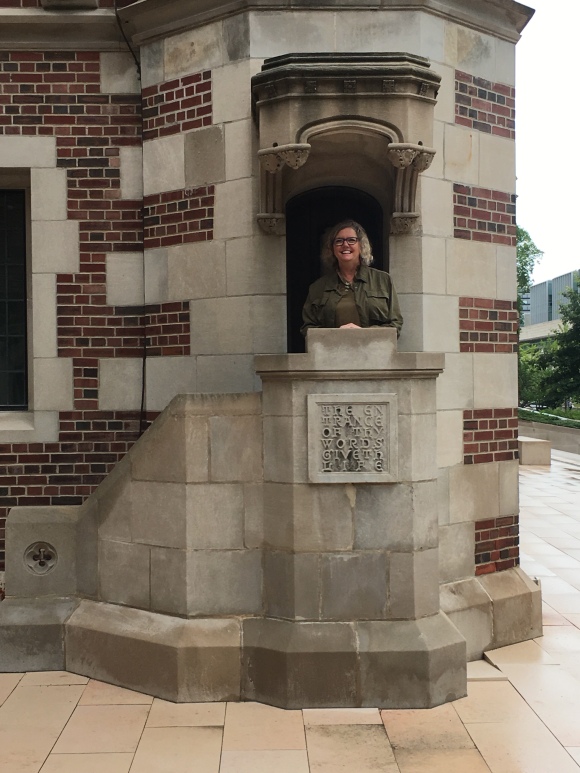

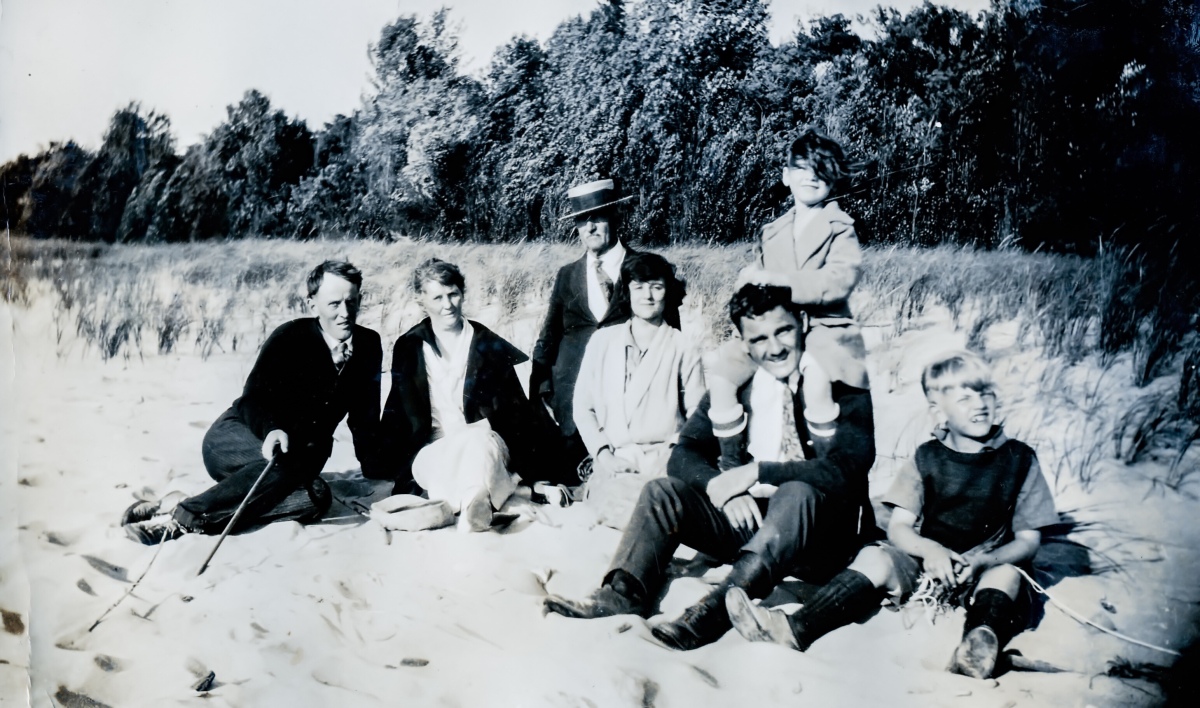




 ln
ln 





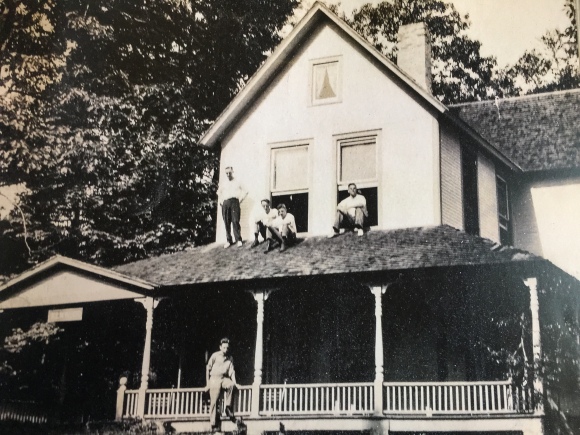







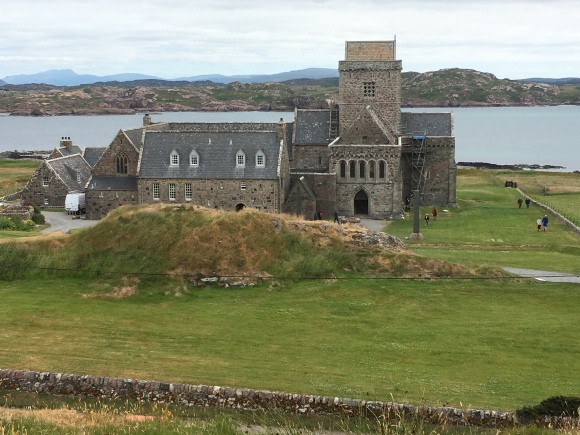 So I made it across the ocean without incident to return home. Along with my own bed and Half & Half for my coffee, I gained good internet service. The wi-fi blight is over! I can access emails and upload photos with abandon. Of course, the best images of my trip are in my head. I’m still in Europe in my dreams and awoke the first two nights at home to be confused about where I was. In 30 days I stayed in 16 different hotels! Each day added one layer after another of discoveries about my ancestral roots. I haven’t been able to walk away from this trip easily!
So I made it across the ocean without incident to return home. Along with my own bed and Half & Half for my coffee, I gained good internet service. The wi-fi blight is over! I can access emails and upload photos with abandon. Of course, the best images of my trip are in my head. I’m still in Europe in my dreams and awoke the first two nights at home to be confused about where I was. In 30 days I stayed in 16 different hotels! Each day added one layer after another of discoveries about my ancestral roots. I haven’t been able to walk away from this trip easily!











